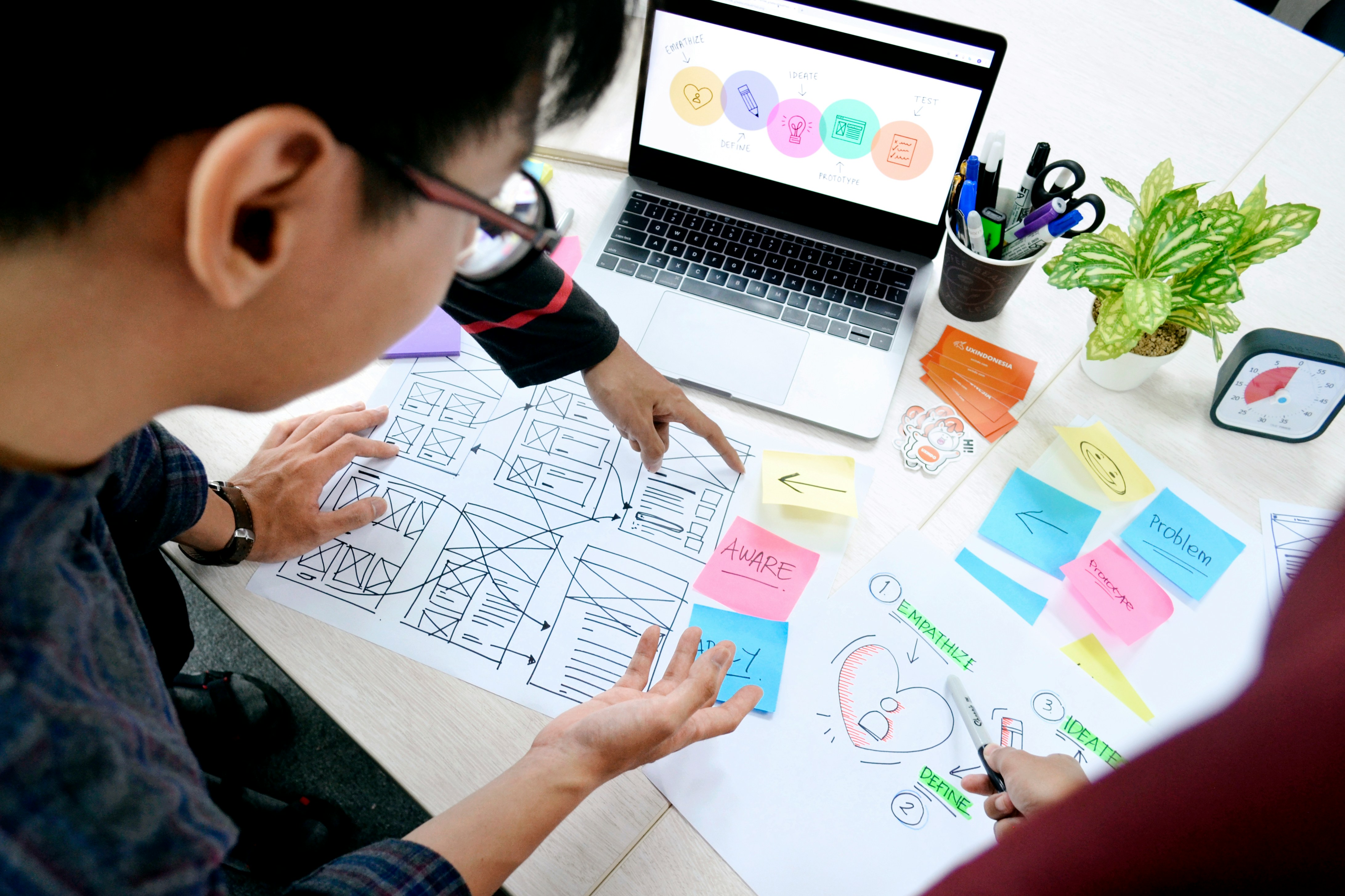Introduction
The design industry is undergoing a remarkable transformation, with artificial intelligence (AI) emerging as a game-changing force in creative workflows. In 2024, design agencies are no longer asking whether to adopt AI – they're asking how to implement it most effectively. This shift represents more than just a technological upgrade; it's a fundamental reimagining of how creative work gets done.
As client expectations continue to rise and project timelines shrink, AI automation has become an essential tool for agencies looking to maintain their competitive edge. From streamlining routine tasks to enhancing creative capabilities, AI is helping agencies deliver higher quality work in less time while maintaining their unique creative vision.
The Current State of AI in Design
Industry Adoption Trends
Recent industry surveys show that over 65% of design agencies have incorporated some form of AI automation into their workflows. This adoption rate represents a 40% increase from 2023, indicating a rapid shift toward AI-enabled design processes. The most successful agencies are those that view AI not as a replacement for human creativity but as a powerful tool to enhance it.
Key Technologies Driving Change
Several AI technologies are leading this transformation:
Generative AI
Creating initial design concepts
Generating variations of existing designs
Producing placeholder content for mockups
Machine Learning Algorithms
Analyzing user behavior patterns
Optimizing design elements
Predicting design trends
Natural Language Processing
Improving client communication
Automating content creation
Enhancing project documentation
Key Areas Where AI is Transforming Design Agencies
1. Design Process Automation
The most immediate impact of AI can be seen in the automation of routine design tasks:
Automated Style Guides
AI systems can now generate comprehensive style guides from existing brand assets
Automatic color palette expansion and typography suggestions
Consistent brand element application across multiple platforms
Pattern Recognition
Identifying design patterns in successful projects
Suggesting improvements based on historical data
Automating repetitive design elements
Layout Suggestions
AI-powered grid systems and composition tools
Automatic responsive design adjustments
Smart element placement recommendations
2. Client Communication
AI is revolutionizing how agencies interact with clients:
Project Management Enhancement
Automated project timeline generation
Smart resource allocation
Predictive deadline management
Feedback Systems
AI-powered design review tools
Automated feedback categorization
Real-time collaboration improvements
3. Quality Control
AI has introduced unprecedented levels of precision in quality assurance:
Consistency Checking
Automated brand guideline compliance
Cross-platform design consistency
Typography and color harmony verification
Error Detection
Identifying design inconsistencies
Flagging accessibility issues
Checking responsive design breakpoints
Implementation Strategies
Starting Small: Entry Points for AI Adoption
For agencies just beginning their AI journey, we recommend a phased approach:
Phase 1: Basic Automation (1-3 months)
Implement basic task automation tools
Train team members on AI basics
Start with simple workflow improvements
Phase 2: Advanced Integration (3-6 months)
Introduce more sophisticated AI tools
Develop custom automation workflows
Begin data collection for optimization
Phase 3: Full Implementation (6-12 months)
Deploy comprehensive AI solutions
Establish advanced analytics
Create automated feedback loops
Building an AI-Enhanced Workflow
Success with AI requires careful attention to workflow integration:
Assessment
Identify repetitive tasks
Map current workflows
Determine automation priorities
Tool Selection
Evaluate available AI solutions
Consider integration capabilities
Plan for scalability
Team Training
Develop AI literacy programs
Create usage guidelines
Establish best practices
Measuring Success
Key Performance Indicators
Track these essential metrics to measure AI implementation success:
Time Savings
Project completion time
Task automation rates
Resource utilization
Quality Improvements
Error reduction rates
Client satisfaction scores
Design consistency metrics
Financial Impact
Cost per project
Resource efficiency
Revenue per employee
Case Study: Design Agency Transformation
A mid-sized design agency implemented AI automation and achieved:
40% reduction in project delivery time
35% increase in client satisfaction
25% improvement in profit margins
60% reduction in routine task time
Conclusion
The integration of AI automation in design agencies isn't just about keeping up with technology – it's about reimagining what's possible in creative work. As we move further into 2024, agencies that successfully implement AI automation will find themselves better equipped to meet client demands, maintain competitive advantages, and push creative boundaries.
Next Steps for Agencies
Evaluate Current Processes
Assess automation opportunities
Identify pain points
Map potential AI solutions
Develop Implementation Plan
Set clear objectives
Create timeline
Allocate resources
Start Small, Scale Smart
Begin with pilot projects
Measure results
Adjust based on feedback
Ready to transform your design agency with AI automation? Contact our team to learn how we can help you implement these solutions effectively and stay ahead of the curve in 2024 and beyond.
From the blog
The latest industry news, interviews, technologies, and resources.


